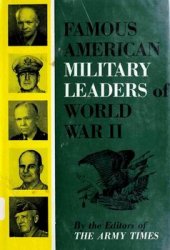The term ‘biblical archaeology’ is used in at least four different - though intersecting - meanings. From widest to narrowest, these are: (1) the archaeology of the entire ‘fertile crescent’ from the Neolithic through late antiquity (this definition encompasses the archaeological setting of the biblical literature and related genres in its widest possible extent); (2) the archaeology of the Levant (or only its southern part) from the (Middle) Bronze Age to the early Roman period (this is the setting to the biblical narrative sensu stricto); (3) as above, restricted to the Bronze and Iron Ages (this definition confines the field to the background of the Old Testament); and (4) a particular intellectual current within Near Eastern archaeology.
This article will mainly deal with ‘biblical archaeology’ as a school of thought (definition 4) using definition 3 as background - as the wider definitions largely overlap with Near Eastern archaeology as a whole (see Asia, West: Archaeology of the Near East: The Levant) and/or intersect with the purview of classical archaeology (see Classical Archaeology).
Whether it is explicitly called ‘biblical’ or by any other name (see below), the archaeology of the Levant in the periods relevant to the Bible finds itself - for better and worse - in the shadow of the founding text of the Judeo/Christian/Moslem civilizations. This is manifested in the intense interest - scholarly and lay - in discoveries pertaining to the Bible. Considering its tiny area, Israel may well be the most excavated territory in the world, and the Biblical Archaeology Review has claimed to be the most widely read of all archaeological journals. It also means that the field is rife with ‘alternate’ or ‘pseudo’ archaeologists - earnestly searching for Noah’s ark, the ark of the covenant, the ashes of the red heifer, or the holy grail - as well as simple con men. Thousands waited patiently in line to peek at the ‘brother of Jesus’ ossuary at the Royal Ontario Museum in Toronto or the ‘‘...house of YHWH’’ inscription at the Israel museum in Jerusalem - both of which are probably fakes. Serious scholars - whether believers or agnostics - can ill afford to ignore their own prejudices, much less those of their audience, when dealing with artifacts possibly pertaining to the roots of monotheism and western civilization in an emotionally pregnant and politically volatile part of the world.




 World History
World History









